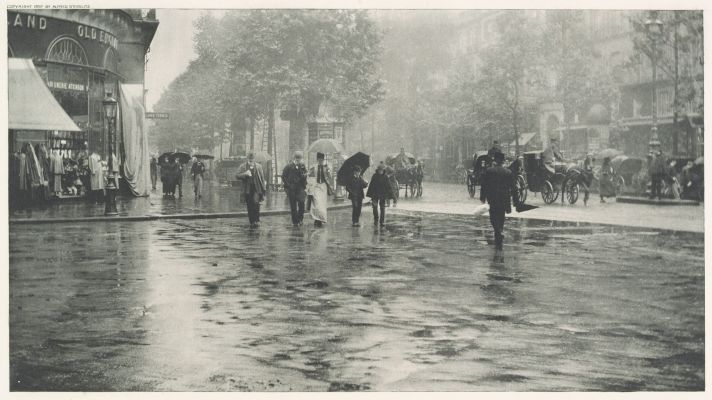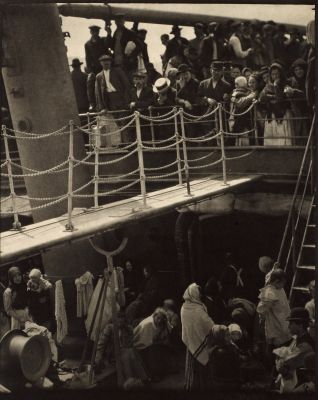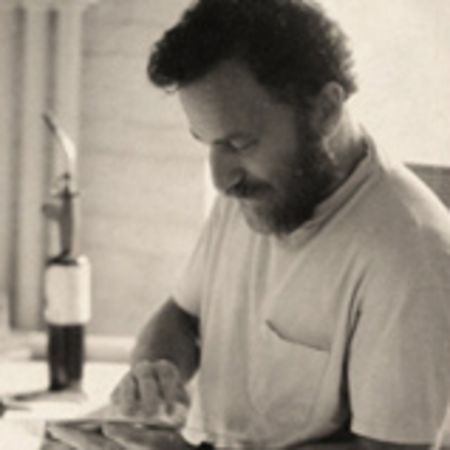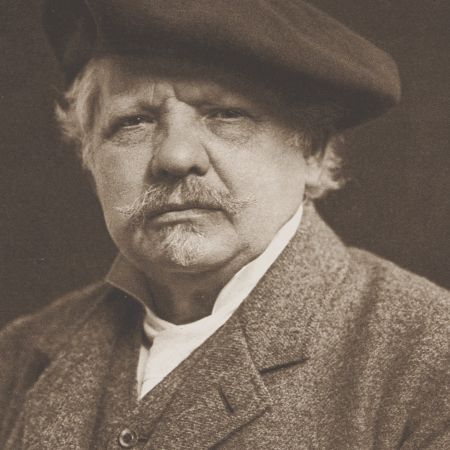Alfred Stieglitz
American, 1864–1946
View all works on Photogravure.com
Influential in establishing photography as an art form in the United States, Stieglitz edited and published magazines, organized photographers, operated galleries, and crafted his own creative photographic images. He promoted the photogravure process as an original means of photographic printmaking.
Stieglitz had hands-on experience with photogravure and used it extensively for his work and the work of fellow pictorialists. He initially worked at the Photochrome Engraving Company in New York, where he gained intimate knowledge of photogravure and other printing processes. In 1897 Stieglitz issued Picturesque Bits Of New York And Other Studies, a portfolio of his own large-format gravures, for which he personally made the film positives for plate making. At this time, he marketed his individual photogravures as collectible, original works of art, numbering, signing and printing them in limited editions.

Wet Day on the Boulevard, Picturesque Bits of New York and Other Studies, 1897
Stieglitz used the photogravure process for most of the illustrations in his groundbreaking periodicals, Camera Notes (1897–1903) and Camera Work (1903–1917). The photogravures in these journals, all personally approved by Stieglitz, enabled a larger audience to experience the artful qualities of photography. He was so confident of the quality of these gravures that he occasionally sent them to be displayed at international exhibitions of artistic photographs.
Stieglitz’s own work passed through three distinct phases. He began as a naturalist photographer, sensitively portraying rural lifestyles. He then transformed into a pictorialist, creating impressionistic pictures through soft-focus effects. Finally, he turned to modernism, embracing abstraction, photographic detail, and realistic tones.








